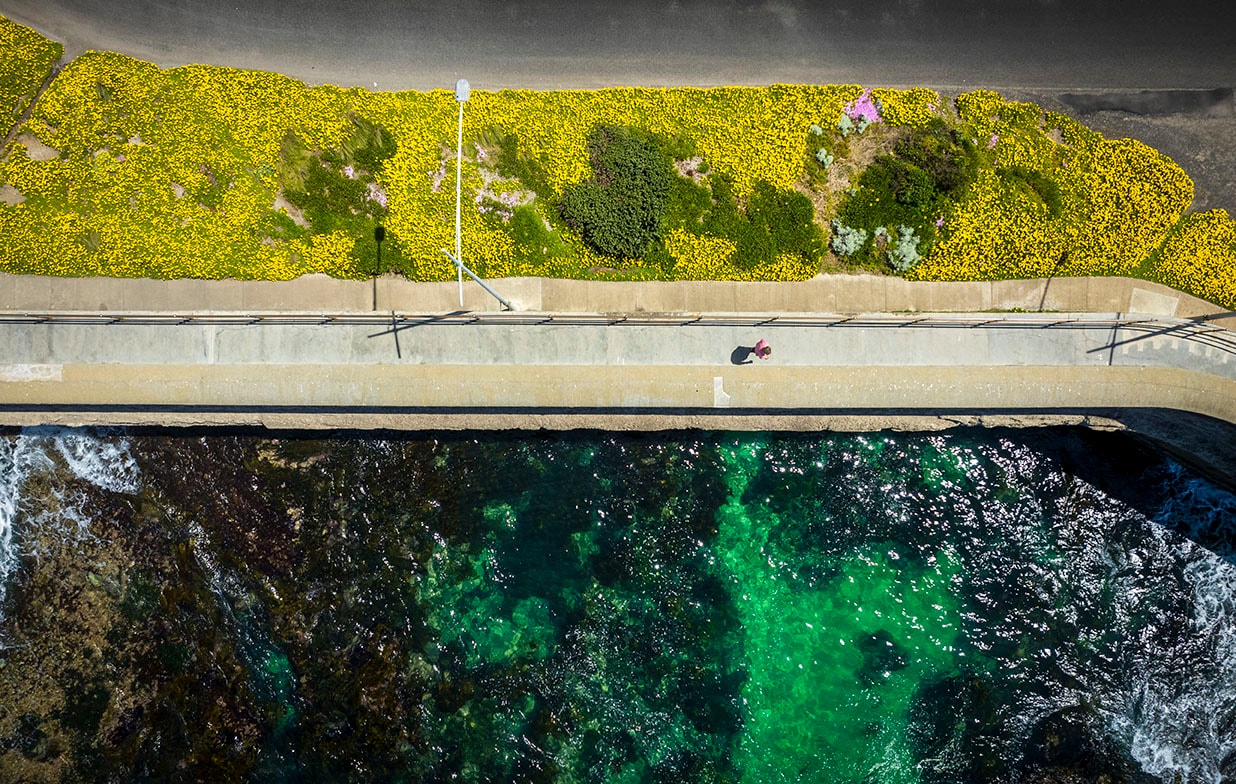Regional profiles 2021

Regional opportunities and challenges
Regional profiles supporting Victoria’s infrastructure strategy 2021–2051
Infrastructure Victoria developed fact sheets to explore and summarise infrastructure opportunities and challenges for each of Victoria’s 9 regions.
We look at the features of each region and make recommendations to improve the economy and better support industry. We also look at how to improve health, education and social inclusion, and reduce disadvantage in each region.
Each fact sheet includes a summary of relevant recommendations from Victoria’s infrastructure strategy 2021–2051. These recommendations respond to the needs and opportunities of each region.
Key findings
- Many regional communities are car-dependant. A lack of public transport acts as a barrier to jobs and services for those who do not have their own transport.
- The Central Highlands region has the state’s highest proportion of people who travel outside the region for work.
- Access to public transport in the Southern Mallee is significantly lower than the state average.
- Renewable energy is an emerging opportunity for the Goulburn, Central Highlands and Wimmera Southern Mallee regions.
- The Mallee region has significant renewable energy sources, particularly solar. But transmission infrastructure restricts generators from connecting to the grid.
- Electricity infrastructure is constraining farm productivity in Goulburn and restricting industries like food processing and manufacturing in the Ovens Murray.
- Nature-based and Aboriginal tourism can contribute to sustainable tourism growth in Loddon Campaspe and other regions.
- Mallee has more freight because of its growing industries in horticulture, grain and mineral sands. But existing freight networks are struggling to meet demand.
- Wimmera Southern Mallee’s rail freight network is a regional strength. But many businesses in the area remain reliant on heavy vehicle transport.
- Limited mobile and digital connectivity prevent businesses from benefiting from new technologies.
- Regional populations are getting older, so councils need to change the services they provide. But councils lack the funds to upgrade and repurpose existing infrastructure. Climate change is also adding to the challenges councils face.
- Great South Coast has the highest agricultural output in Victoria. Water security is becoming increasingly important in the region.
- The diversity of Mallee’s agriculture produce is a key strength. Over the last 10 years, there have been long periods of drought that affected grain production in the region.
- Mallee businesses face a shortage of affordable telecommunications services. They also struggle with limited mobile coverage, a lack of Wi-Fi networks and low adoption of IoT applications.
- Parts of regional Victoria demonstrate relatively poor health, social and education outcomes when compared with Victorian averages.
- People in Ovens Murray have shorter life expectancy and more obesity and type-two diabetes. The number of mental health clients per 100 people is higher than the Victorian average.
- Between 2018 and 2028, the Aboriginal population in the Central Highlands is projected to grow by 76%. This could lead to more demand for Aboriginal and other services.
- The COVID-19 pandemic made it more likely for young people in regional Victoria to fall behind in education.
Recommendations
Read a regional profile to find relevant 30-year infrastructure strategy recommendations from Victoria’s infrastructure strategy 2021-2051.
Supporting documents
- Topics
- Type
- Supporting document
- Published
- 2021


